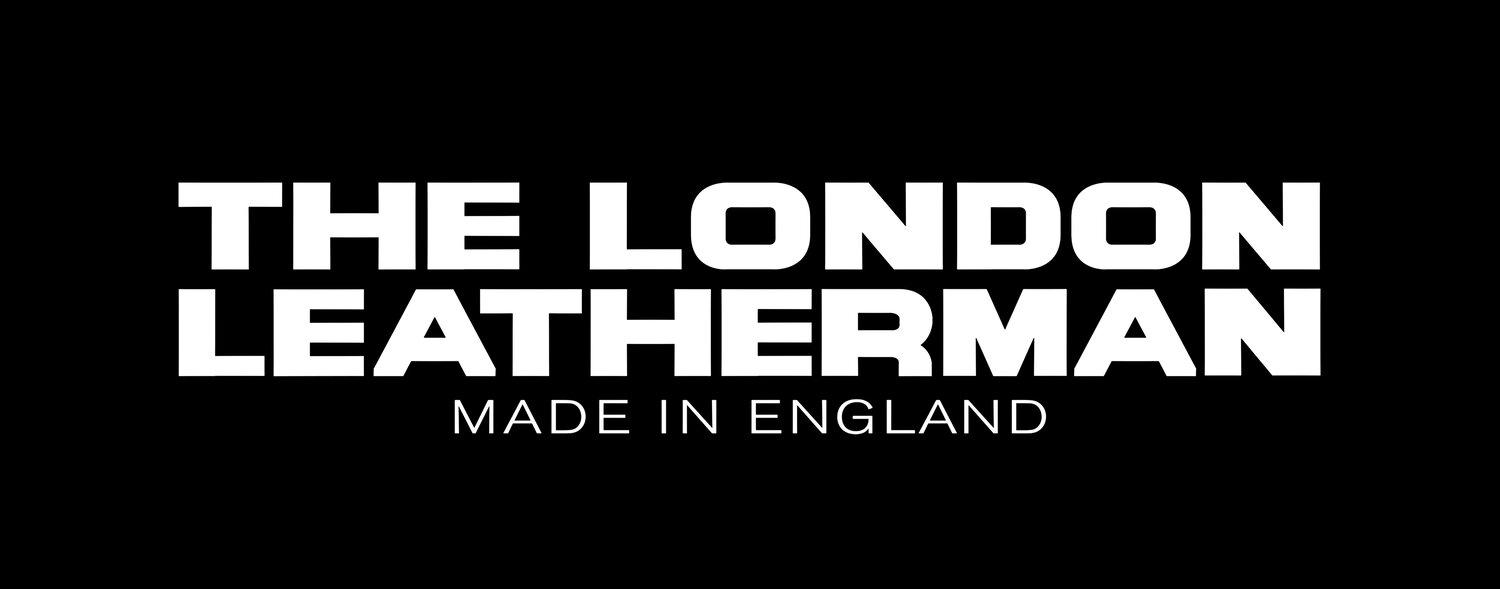Pride & Clarke Ltd
History at a glance.
‘The Motor & Motorcycling Clothing Specialist’
Founded in London, England in 1920 Pride & Clarke Ltd sold motorcycles, cars, three wheelers and everything you needed for your chosen motor sport from spares to clothing. By the 1960s the motorcycle showrooms alone were over 220,000 square feet with P&C spanning the length from Stockwell Tube Station to SW9 Brixton. The length of the façade was painted in P&C’s trademark maroon with this London landmark featuring in the 1966 film ‘Blow Up’, on various album covers and in many press photoshoots capturing the British motorcycling culture post WW1 through to the 1970s of which the establishment was a very popular gathering point for rockers, ton-up boys and greasers.
P&C sold a tremendous range of new motorcycles and side cars from Ariel, B.S.A, Enfield, Matchless, Sunbeam, Triumph and in the 1930’s offered their own P&C 250cc OHV ‘Red Panther’ and in 1939 for one year only offered the badged P&C ‘Cub’ a 122cc motorcycle which used a Villiers two stroke engine in a simple loop frame, girder folks and a three speed gear box.
Post WW2 P&C were one of the first to sell ex-WD bikes for £39.10s.0 and ex-army surplus clothing.
In 1959-60 motorcycle sales were at an all-time record with P&C displaying no less than 2000 new machines and in addition a good selection of trade-in and second-hand motorcycles. This made P&C one of, if not the largest motorcycle showrooms in the world.
The uniform for your head during this peak motorcycling time was the cheese cutter flat cap with P&C too providing a vast selection of clothing for enthusiasts from fur lined leather jackets, fleece lined waistcoats, black leather boots, gabardine raincoats, lambs wool lined gauntlets and black rubberised clothing all labelled Pride & Clarke ‘The Motor & Motorcycling Clothing Specials’.
P&C garments were notably named and included items such as:
The Kansas Jacket- black leather lancer style, belted jacket with beaver pelt collar and tartan lining.
The Alaska Jacket- waterproof Gabardine storm coat, lined with fur and a deep fur collar. Double breasted, belted and with two side pockets.
The Lumber Jacket- black or brown leather jacket with full length zip fastener, 2 zip breast pockets, wide elastic waist band and zips. The Lumber Jackets were available in varying waterproof materials and accessory styles.
The Arizona Jacket- a black leather lancer style jacket. Quilted lined with belt and chrome accessories.
The Commando Jacket- a black leather jacket, with single front zip. Quilted or tartan lined with adjustable waist straps and zip cuffs.
Flying Jackets- available in all black leather reversed sheepskin or *black rubberized materials lined with fleece. With big fur collars & cuffs and two pockets. Offered in hip Length which had no belt or the longer 3/4 length versions which belted at the at the hip.
*P&C were one of the first to sell rubberised clothing. A material extremely high tech and modern at the time which was highly desirable and costly compared to leather particularly during the 1960's. It provided wind and water resistance which was very exciting, though quickly bikers reverted back to leather for its durability, breath-ability and burn-time.
Original founders were John Pride & Alfred Clarke. They were in business for over 62 years and sold the company in the late 70’s to Inchcape, a company that later became Toyota GB.
Pride & Clarke Ltd was acquired in 2010 of which an extensive archive of the now very rare P&C clothing has been collated. P&C currently produces ready-to-wear clothing from and inspired by this British heritage archive.
Today P&C caters to vintage motorcycling enthusiasts, leather jacket aficionados and the damn cool.
